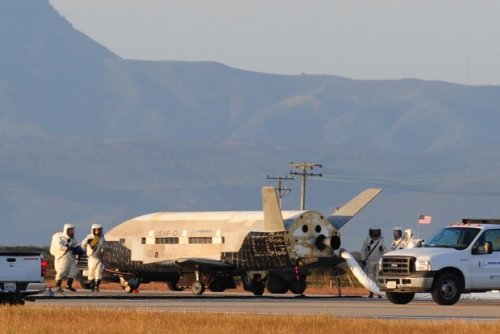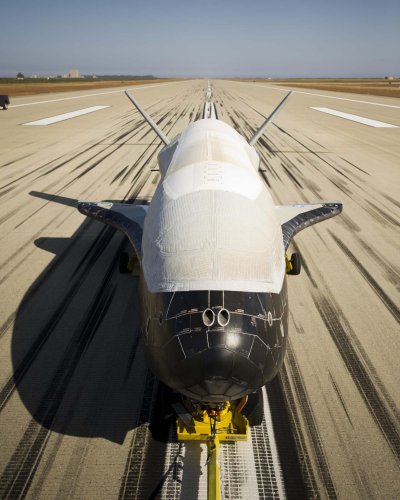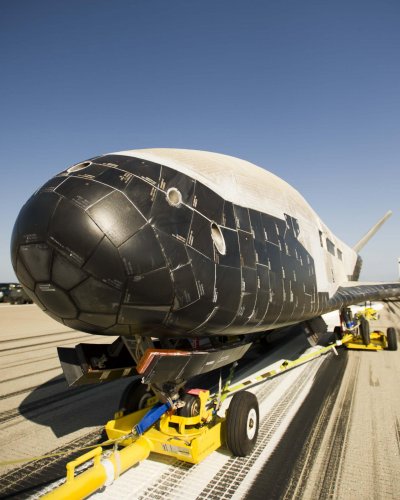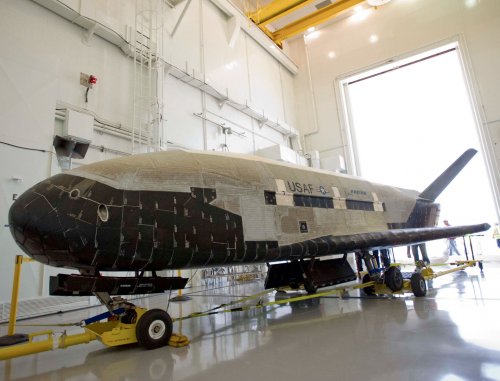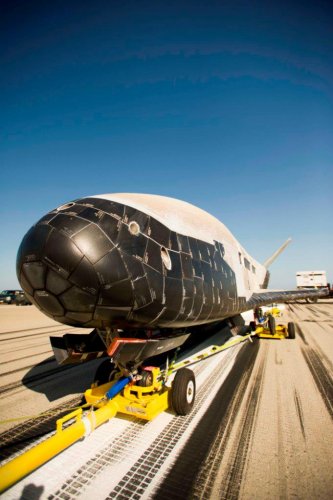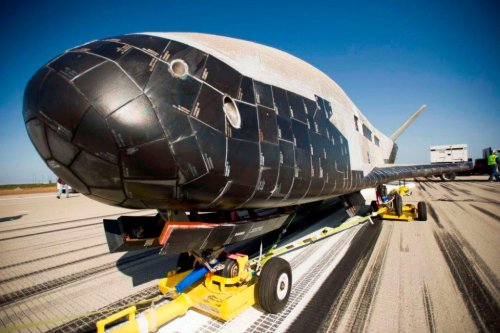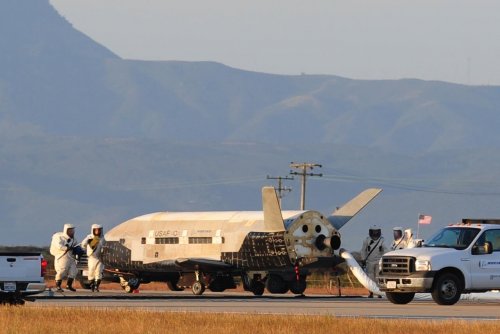- Joined
- 17 October 2006
- Messages
- 2,393
- Reaction score
- 1,197
Byeman -
Still, the USAF assessment of the X-33 was in parallel with the approach to Military Spaceplane. The key to the USAF's interest in that configuration was that a recoverable first-stage booster with a choice of external upper stages was much less difficult that NASA's goal of an SSTO with an internal payload bay.
Still, the USAF assessment of the X-33 was in parallel with the approach to Military Spaceplane. The key to the USAF's interest in that configuration was that a recoverable first-stage booster with a choice of external upper stages was much less difficult that NASA's goal of an SSTO with an internal payload bay.

